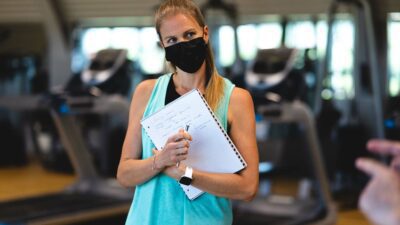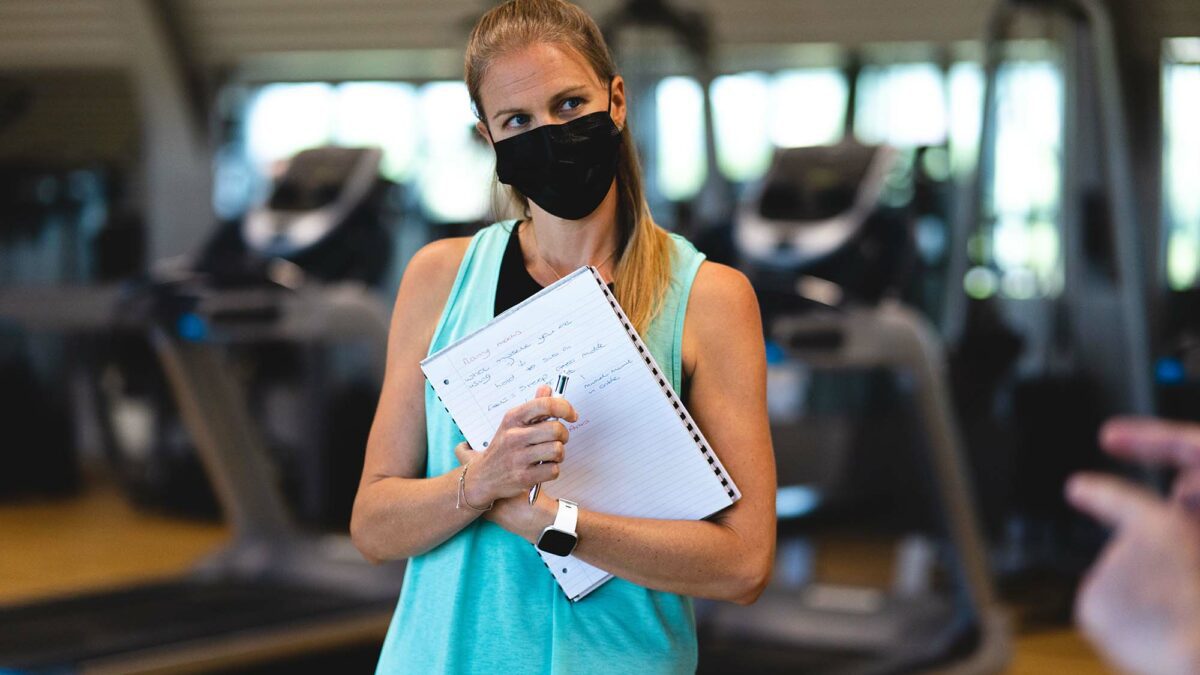



As the UK slowly descended into lockdown during March, one of the most discussed areas was the maintenance and uptake of physical and mental wellbeing. At the top of the list for most people was exercise. How would they remain active given gyms, swimming pools, sporting facilities and all things external to the home were closed? But what about the populations who were accessing both primary and secondary care services due to long-term condition (LTC) management?
In addition to people with LTCs, the older generation was also told to isolate on age alone, a sensible option seeing as a large proportion of older adults suffer with underlying medical conditions. So how has the industry adjusted?
The exercise referral and LTC community, like most mainstream exercise providers, have found ways for their participants to engage with some form of activity. A large volume of clinical services such as Greater Manchester’s Prehab4Cancer scheme, have provided current patients with home exercise programmes so they can remain active during this difficult time. Charitable organisations such as the British Heart Foundation (BHF) and British Lung Foundation (BLF) have also made home exercise booklets available and created new resources within dedicated online coronavirus hubs. These hubs also contain information on topics such as nutrition and emotional support.
Other specific exercise referral service providers like Livewire CIC in Warrington, distributed home programmes in the last week before lockdown for attendees to take away and follow, then recorded some online content such as Tai Chi and chair-based exercise classes with access available through the YouTube platform.
Whilst these services have transitioned support into formats suitable for current participant access, the even more challenging situation relates to potential service users who are on the cusp of referral into clinical services such as cancer, respiratory, stroke or cardiac rehabilitation. Currently clinical providers are looking for ways to conduct initial objective observations and assessments safely. They are also looking for ways to provide suitable levels of monitoring and support within home-based sessions that would normally be supervised by 3-4 specialist health care professionals, with a view to allowing access into services for new patients via online and activity booklet mechanisms.

What about the digitally excluded populations? Well, services in Sheffield recognised that this may be an issue, specifically in older populations or in areas of deprivation where access may be limited or not available at all. So, Move more Sheffield distributed 25,000 “Active at Home” hardcopy booklets across the area with the assistance of pharmacies, community hubs, sheltered accommodation and food banks.
Additionally, training providers looked to fill the activity void and produced content to support both staff within the industry and service users. Once again Future Fit have led the way in conversation with CIMSPA regarding online platforms for businesses to engage with their staff, but also regarding generic content and advice concerning business models and online operational advice for personal trainers. Likewise, other training provides such as Later Life Training, a specialist in falls prevention and stroke rehabilitation, have released an initiative called #Makemovementyourmission, championing 10-minute instructor-led ‘activity snacks’ throughout the day via an online platform.
These initiatives are undoubtably excellent and have in some way bridged the gap regarding interactive exercise sessions for the people most in need of being active, without increasing their risk of contracting COVID-19. Prior to creating the content. however, there will have been a large volume of considerations during the development of such materials. Whilst trying to avoid the stereotyping of older adults or clinical populations, concerns will have been made regarding the safety of such exercise prescription in non-supervised environments. Home-based workouts may not be conducive to exercise due to trips hazards/falls risks, isolation in the case of help being needed, confidence to take part and the (mis)use of equipment. All of which will have involved attempts to manage out these issues by the providers. A recognition will have been made that not all activities will be suitable for everyone and therefore activities will have been signposted on an individual basis in some cases. Content has been designed with adaptations built in, allowing participation for various levels of ability.
One thing is for certain. In this time of need the health and physical activity sector have not only responded to assist those who partake in mainstream exercise and physical activities, but also for those who have specialist requirements. After all ,it is not as easy as jumping onto Zoom and off we go for exercise referral groups or clinically supervised patients. This demonstrates how truly exceptional these specialist teams are in their respective fields.
